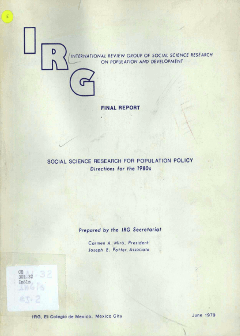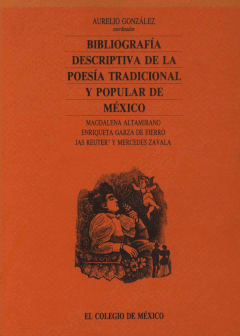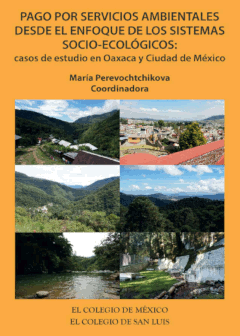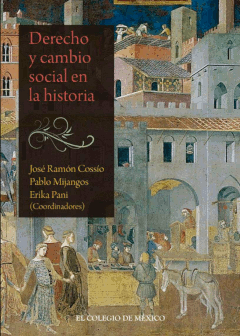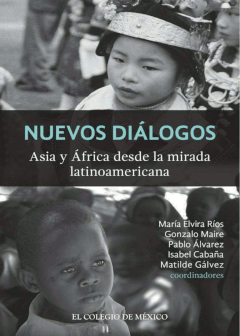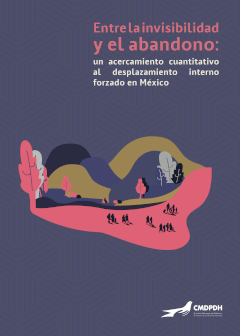- Colección CLACSO-COLMEX.
Social science research for population policy
Directions for the 1980s
Compartir:
In recent years, not only have a large number of developing countries adopted initial policies to accomplish such objectives as the reduction of fertility, the lessening of rural-to-urban migration, and the elimination of mortality differentials, but in many parts of the world measures are now being considered or adopted that are considerably more forceful than those that were being contemplated a decade ago. Some of the most well-known examples are the mobilization of powerful administrative mechanisms to reduce fertility in China, the "ujamaa" program of villagization in Tanzania, the arrangements for controlling international migration and restricting the rights of foreign as compared to native workers in countries such as Kuwait and Singapore, and the wide variety of primary health care schemes that are being advocated by the WHO and international forums such as the Alma Ata conference. In these circumstances there is an obvious and urgent need for information and knowledge that will enable governments to design and implement policies in such a way that they attain their ultimate objectives.
Detalle
- ISBN:968-12-0048-9
- Editorial/es:El Colegio de México.
- Ciudad de edición:México.
- Fecha de publicación:Junio de 1979

